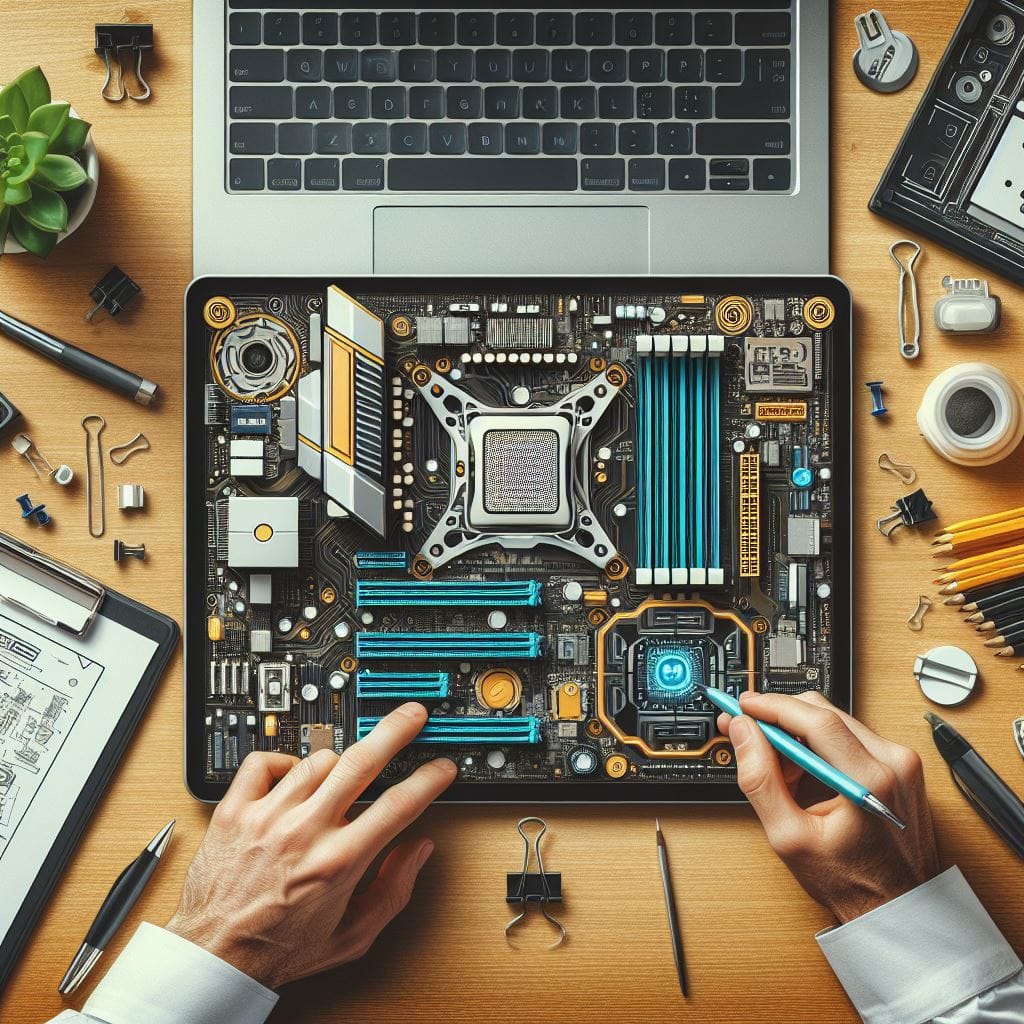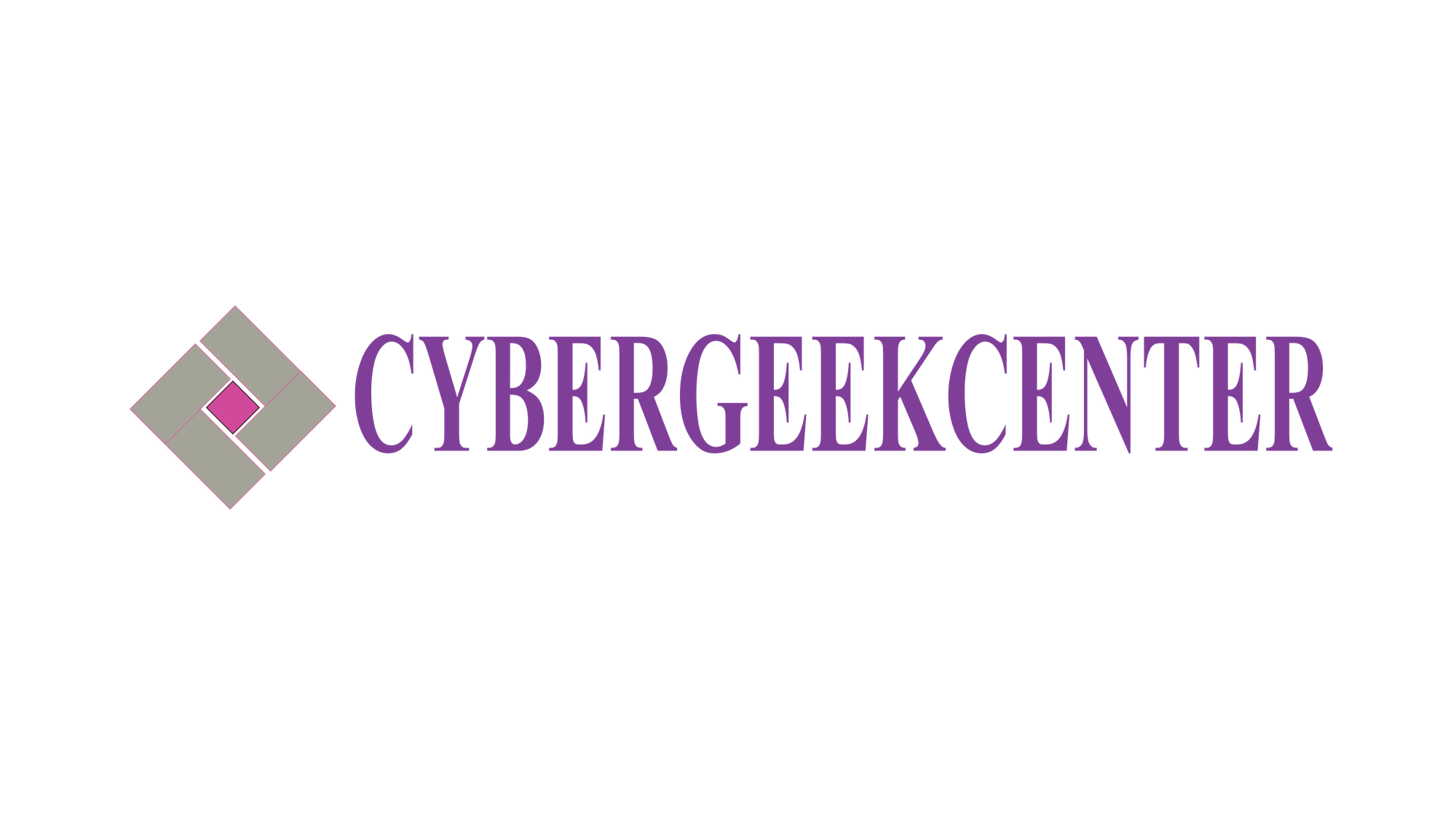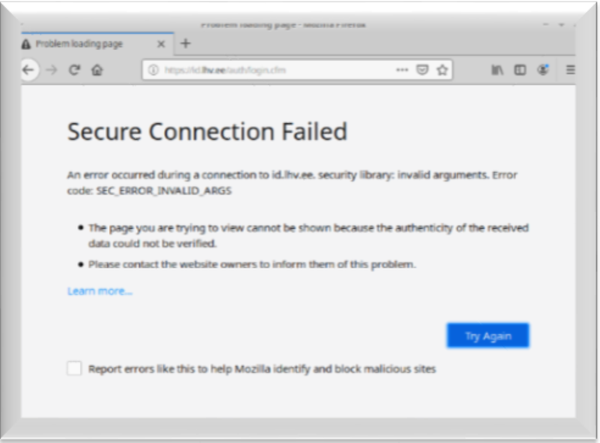A BEGINNER’S GUIDE TO CHOOSING THE PERFECT MOTHERBOARD FOR YOUR COMPUTER
"Discover how to choose the perfect motherboard for your PC. Expert tips and insights for building your ideal computer setup. #PCMotherboard"

INTRODUCTION:
The motherboard, also referred to as the "mobo" by computer enthusiasts, is your computer's core circuit board. Consider that the motherboard is the conductor of the symphony which coordinates communication between all the parts of your computer, including the capacity disks, CPU (Central Processing Unit), RAM (Random access memory), graphics card and so much more. Motherboard selection is very important in constructing a customized and functional computer. However, learning about motherboards can feel overwhelming for beginners due to the abundance of technical terms and unfamiliar features. We’ve compiled a beginner-friendly guide on what to look for in the best motherboard for your needs in this article.
FACTORS TO CONSIDER WHILE CHOOSING A MOTHERBOARD
1. Compatibility with CPUs:
· When selecting a motherboard, compatibility with your central processing unit (CPU) is the most significant factor to consider.
Let's consider the role of a CPU to be the computer's brain and the motherboard to be its attached brain. Different CPU manufacturers such as AMD and Intel have different types of attachments, and a motherboard can theoretically accommodate CPUs with compatible attachments. Here's how to ensure that they work together:
· Identify Your CPU: When purchasing a motherboard, please look into the specific CPU model you plan to use.
· Check the Motherboard's socket type: The motherboard's specifications will make it apparent which CPU socket is supported (e.g., AM4 for AMD Ryzen CPUs, LGA1700 for Intel 12th/13th Gen CPUs).
· Double-Check Compatibility: Compatibility checkers are available on several producers and as well as online stores. Enter your chosen CPU and browse to show motherboards that are confirmed for compatibility.
2. Form factor: Deciding on the right size for your case
Motherboards are available in many sizes, the most popular being:
• ATX (Full-Tower): These are the biggest and most feature-rich motherboards. They are ideal for full tower cases and performance builds.
• Micro ATX (mATX): A smaller and more portable replacement for mid-tower cases, which has a good balance between features and size.
• Mini-ITX (small form factor): The size of the motherboard varies with mini ITX boards being the tiniest and good for PC systems that are suited for small spaces.
Larger form factors provide more slots for extensions, while smaller ones are greater for compact builds.
3. Chipset:
A smaller chip on the motherboard called the chipset serves as a hub for communication between the CPU, RAM, storage devices, and other peripherals. Different chipsets within a CPU brand (such as Intel's Z790 vs. B760) offer varying features and functionalities. Below is a summary of important chipset considerations:
• Overclocking support: For intensive processing, overclocking becomes an effective tool to push your CPU’s speed beyond its default capability (that may apply to experienced users, though). While B-series and B-series chipsets often don't back overclock, Intel's Z-series chipsets and AMD's X-series chipsets do so frequently.
• Number of PCIe slots: PCIe (Peripheral Component Interconnect Express) slots provide fast expansion slots for components like graphics cards and storage controllers. Depending on the chipset, the number of PCIe holes and their configurations (PCIe x16, x8, etc.) will vary. In the event of a motherboard redesign and future upgrades, enthusiasts and creative professionals may give preference to those having more PCIe slots.
4. RAM Compatibility and capacity
Specific RAM (Random Access Memory) types (like DDR4) and capacity (like 32GB) are supported by motherboards. Make sure the motherboard you have selected is compatible with the type and amount of RAM you plan to use. For future RAM upgrades, look for motherboards with at least four RAM slots.
5. Storage options: M.2 vs SATA
Motherboards have different options for capacity association:
• SATA Ports: Solid-state drives (SSDs) and hard drives (HDDs) are interfaced via this traditional and popular interface.
• M.2 slots: An updated, faster interface for connecting NVMe SSDs with exceptional performance. M.2 spaces exist in a variety of sizes and are often smaller than SATA ports (M.2 2280 being the most prevalent).
This establishes the number and type of drives that your motherboard can interface with.
Select a motherboard that has enough M.2 slots and SATA ports to save you from the grief of having to buy a new one soon in case the desired capacity increases in the future.
Additional Features to consider:
• Connectivity: Note down the number of USB ports and identify the types of the ports such as the USB-C, USB 3.0, and USB 2.0. Try looking for other connectivity options like Ethernet, audio ports, and HDMI.
• Onboard Sound: Coordinated sound arrangements are typically included with motherboards. For optimal sound quality, audiophiles or die-hard gamers may prefer a dedicated sound card.
• BIOS Highlights: BIOS, the Basic Input/Output Framework, is the essential element in setting up and managing the framework. If you are opting to challenge the limitations of your gear then prefer motherboards having overclocking support and user-friendly BIOS interfaces.
• Popularity and Support of Brands:
Keep a supplier who has proven themselves through their consistency in quality and after-sales services. Check surveys of customers or branding events to learn about the consistency and supportability of unique brands.
CONCLUSION:
Remember that the motherboard is the foundation of your PC, so make an informed choice. You will be well on your way to choosing the ideal motherboard for your ideal PC configuration by taking these important factors into account.
Don't forget to forward this link to other individuals who are just starting their PC-building journey.
Thanks for reading.
If you like the article, consider sharing and subscribing. ;)





